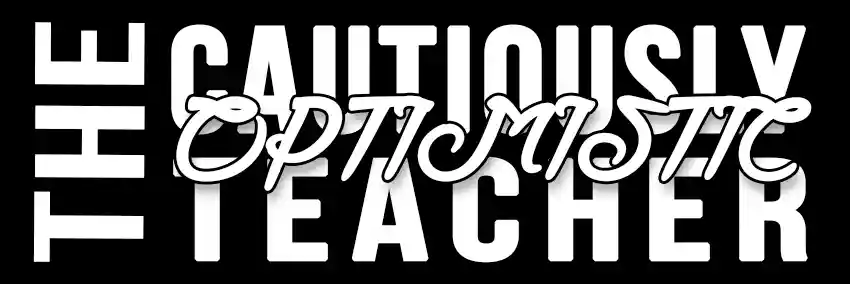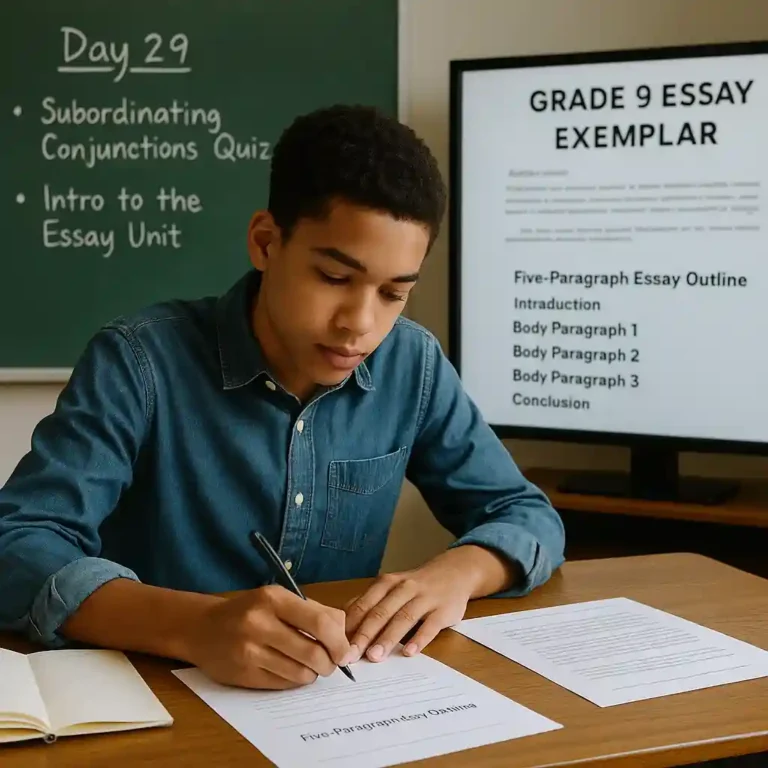Day 2: Building a Literary Devices Glossary
Yesterday’s lesson set the stage for our Grade 9 English course with an introduction to growth mindset and community building. Today, we dive into the foundation of literary analysis: creating a literary devices glossary. This glossary will serve as a reference point throughout the semester as students practice identifying and using literary devices in their reading and writing.
Lesson Flow
1. Welcome and Quick Review (5 minutes)
Greet students and remind them about yesterday’s focus on growth mindset.
Briefly explain how literary devices help us understand and enjoy texts on a deeper level.
2. Introduction to Literary Devices (10 minutes)
Give a short explanation of what literary devices are and why authors use them.
Provide examples students are likely familiar with (e.g., simile: “Her smile was like sunshine.”).
Emphasize that today they’ll start their own literary devices glossary.
3. Building the Glossary (20 minutes)
Hand out the Literary Devices Glossary worksheet (or display digitally).
Students will fill in the first five today: alliteration, allusion, analogy, anaphora, and antithesis.
Teachers can choose to:
Have students look up definitions in dictionaries or online resources, OR
Have students copy provided definitions from the completed glossary you provide.
5. Growth Mindset Connection (10 minutes)
Return to the growth mindset work from yesterday.
Ask students to reflect: How might approaching challenges in English class with a growth mindset help us learn new concepts, like literary devices, more effectively?
Allow students to add a short reflection in their journals or share with a partner.
6. Wrap-Up (5 minutes)
Collect or review the glossary sheets.
Remind students that they’ll continue building this glossary throughout the course.
Preview tomorrow’s lesson: applying these devices when reading short texts.
Teacher Materials
Blank Glossary to for Students
Completed Glossary for Reference
Growth Mindset Materials
Student Learning Goals
By the end of this lesson, students will be able to:
Define and provide examples of at least seven common literary devices.
Recognize the value of maintaining a personal glossary for future reference.
Connect the concept of growth mindset to literary learning.







